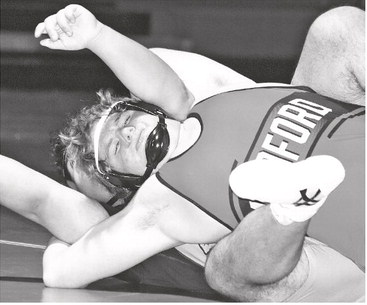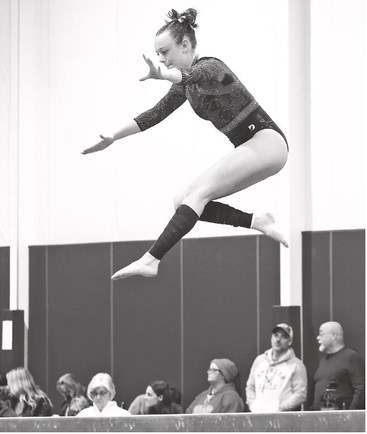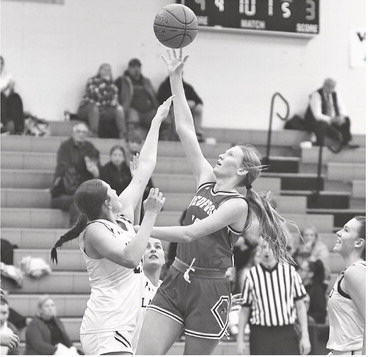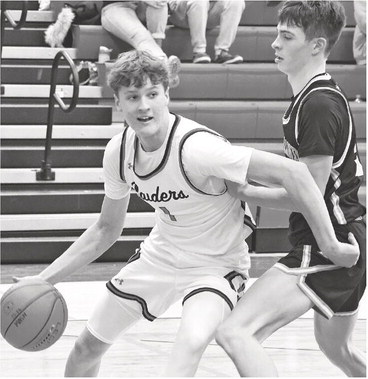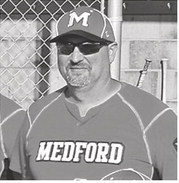Idea of switching seasons offers some food for thought


The first days of the 2020-21 school year remain relatively far in the horizon, about seven and half weeks away, but the WIAA’s 2020 fall sports season is arriving with a little ...
